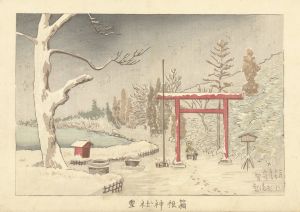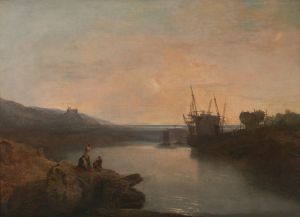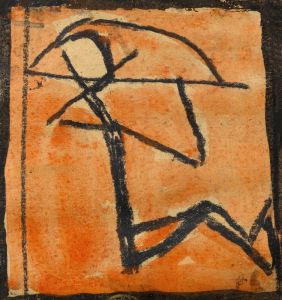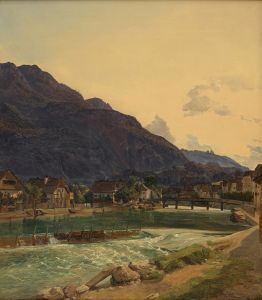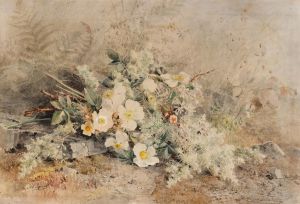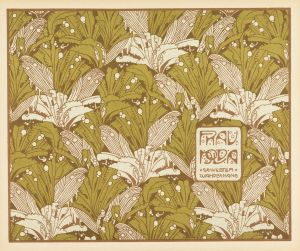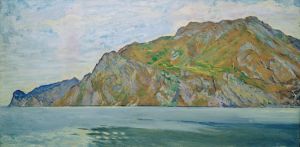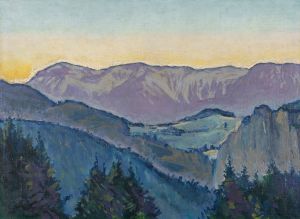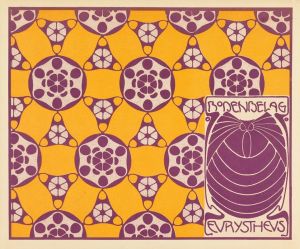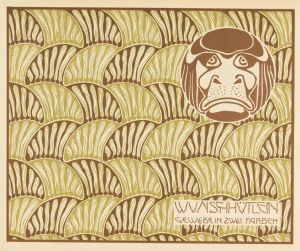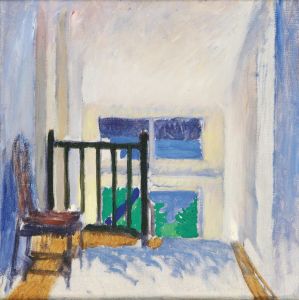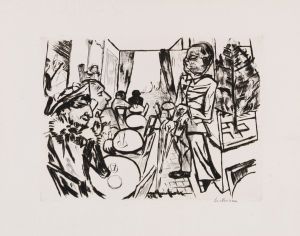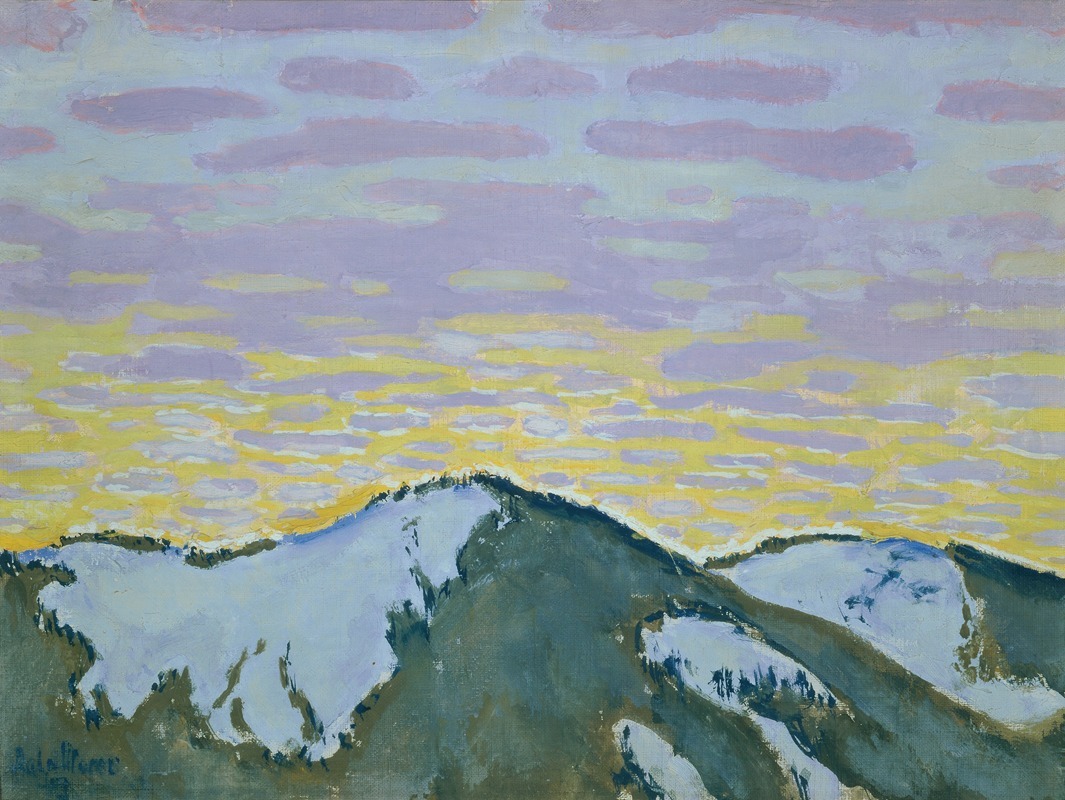
Verschneite Berggipfel in der Dämmerung
A hand-painted replica of Koloman Moser’s masterpiece Verschneite Berggipfel in der Dämmerung, meticulously crafted by professional artists to capture the true essence of the original. Each piece is created with museum-quality canvas and rare mineral pigments, carefully painted by experienced artists with delicate brushstrokes and rich, layered colors to perfectly recreate the texture of the original artwork. Unlike machine-printed reproductions, this hand-painted version brings the painting to life, infused with the artist’s emotions and skill in every stroke. Whether for personal collection or home decoration, it instantly elevates the artistic atmosphere of any space.
Koloman Moser was an influential Austrian artist and designer, known for his significant contributions to the Vienna Secession movement and the Wiener Werkstätte. Born on March 30, 1868, in Vienna, Moser's work spanned various mediums, including painting, graphic design, and applied arts. One of his notable works is the painting "Verschneite Berggipfel in der Dämmerung" (Snow-Covered Mountain Peaks at Twilight).
"Verschneite Berggipfel in der Dämmerung" is a landscape painting that captures the serene and majestic beauty of snow-covered mountain peaks during twilight. The painting exemplifies Moser's ability to blend natural scenery with a sense of mood and atmosphere, characteristic of his broader artistic style. The use of color and light in the painting reflects the transition from day to night, creating a tranquil yet evocative scene.
Moser's artistic journey began with his education at the Academy of Fine Arts in Vienna, where he studied under several prominent artists. He later became one of the founding members of the Vienna Secession in 1897, a group that sought to break away from traditional academic art and promote modernist approaches. The Secessionists emphasized the importance of integrating art into everyday life, a principle that Moser embraced throughout his career.
In addition to his work with the Vienna Secession, Moser co-founded the Wiener Werkstätte in 1903 alongside architect Josef Hoffmann and patron Fritz Waerndorfer. The Wiener Werkstätte was a cooperative of artists, designers, and craftsmen dedicated to producing high-quality, handcrafted objects that combined functionality with aesthetic beauty. Moser's designs for the Wiener Werkstätte included furniture, textiles, ceramics, and graphic art, all of which showcased his distinctive style and attention to detail.
"Verschneite Berggipfel in der Dämmerung" reflects Moser's versatility as an artist and his ability to convey emotion through landscape painting. The painting's composition, with its sweeping view of the mountains and the subtle interplay of light and shadow, demonstrates Moser's skill in capturing the essence of nature. The choice of twilight as the time of day adds a layer of introspection and calmness to the scene, inviting viewers to immerse themselves in the quiet beauty of the moment.
Moser's contributions to the arts extended beyond his own creations. He was also a dedicated teacher and mentor, influencing a new generation of artists through his work at the Vienna School of Applied Arts. His legacy is evident in the continued appreciation of his art and design, as well as in the ongoing influence of the Vienna Secession and Wiener Werkstätte on contemporary art and design.
Koloman Moser passed away on October 18, 1918, but his impact on the art world endures. "Verschneite Berggipfel in der Dämmerung" remains a testament to his talent and vision, capturing a fleeting moment of natural beauty with timeless elegance.





